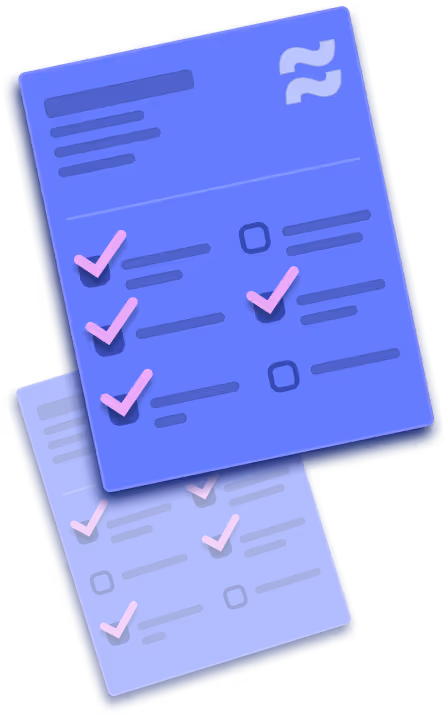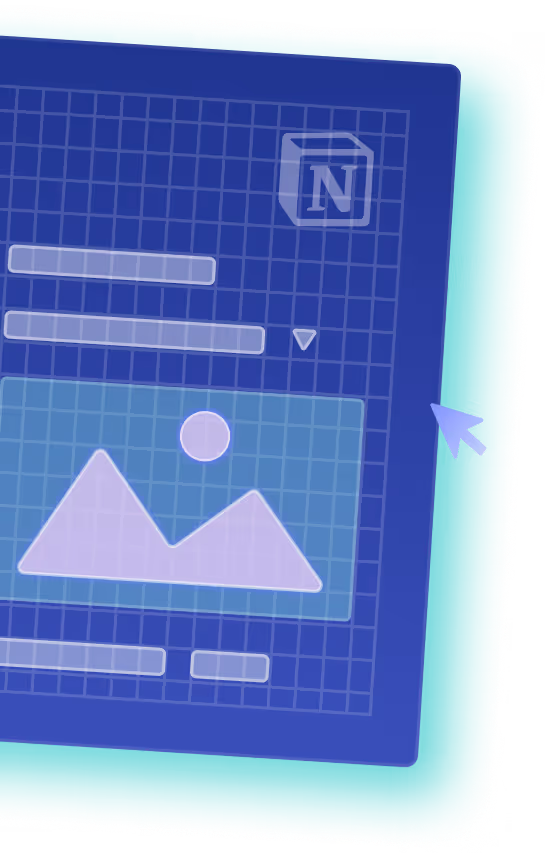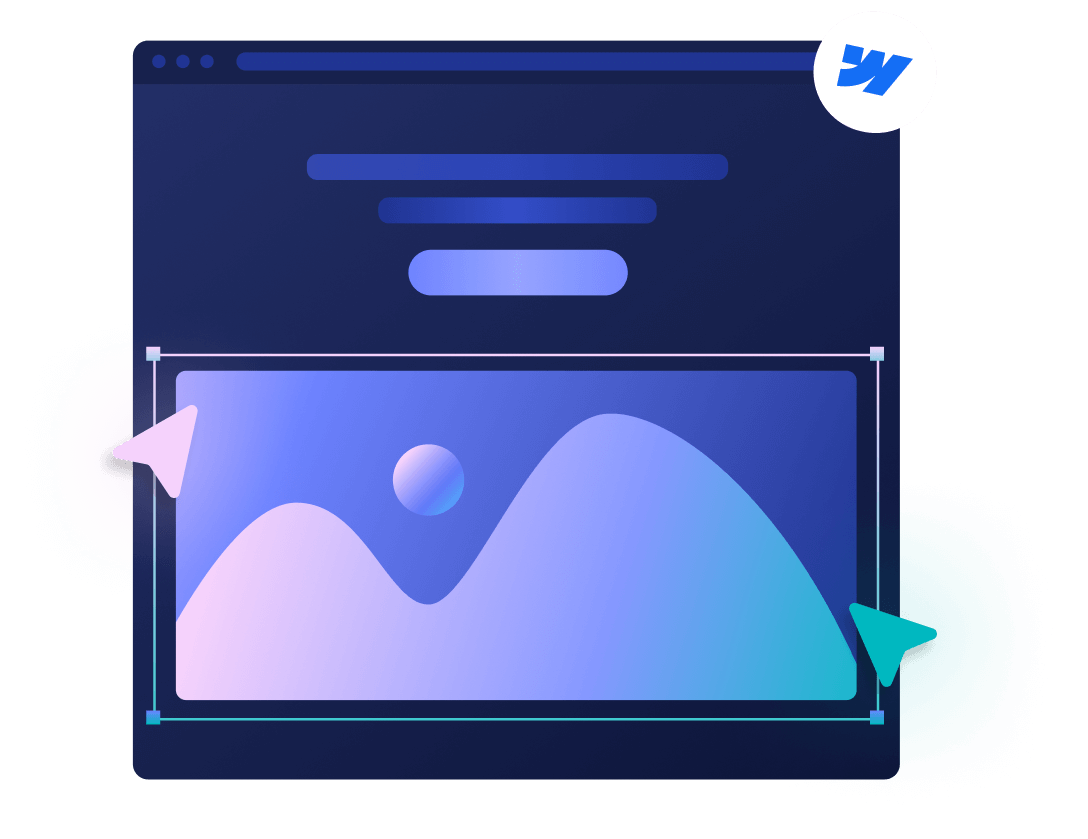.png)
How to Improve Conversions on Your Recruitment Website
Key takeaways
- A smooth candidate experience starts with mobile-first design, fast load times, and an effortless application process.
- Engaging content and personalization encourage candidates to stay longer, return more often, and interact more deeply with your site.
- Strong SEO practices bring in qualified candidates by aligning with search intent and using structured data for better visibility.
- Building trust through social proof, transparent salaries, and supportive features helps reduce drop-offs.
- Tracking, testing, and optimizing with analytics and A/B experiments ensures your site improves over time.
- Leveraging AI adds smarter job matching, automation, and predictive insights that enhance the entire recruitment process.
Most recruitment websites attract plenty of visitors, but only have a 6% click-to-apply conversion rate, according to Career Plug. That’s a huge problem when you’ve invested in driving traffic, only to see qualified candidates slip away.
Why does this happen? It’s often because the site looks outdated, the job search feels clunky, or the application form drags on forever. Candidates today expect the same experience they get from e-commerce — fast, clear, and mobile-friendly. If your recruitment website doesn’t meet these criteria, your visitors will bounce and your conversions will keep plummeting.
But the good news is that you can fix this. In this article, I’ll walk you through proven strategies to boost your conversions and website efficiency. You’ll learn exactly how to guide visitors toward clicking the “Apply” button, from optimizing UX to leveraging SEO and CRO principles.
What “Conversion” Actually Means on a Recruitment Site
On a recruitment site, a conversion is any time a visitor takes the next meaningful step toward becoming a candidate. The most obvious one is completing a job application, but it’s far from the only one that matters.
Think of the process as a funnel:
- Landing on the career site: A candidate finds your site, often through search or social.
- Searching for a role: They use filters or keywords to find positions that match their skills.
- Viewing a job posting: They click through and explore the details of a role.
- Starting an application: This is a micro-conversion that signals strong intent.
- Completing an application: This is the ultimate goal of a recruitment site, where the candidate submits all required details.
Other conversion points also exist, such as signing up for job alerts, joining your talent pool, downloading resources, or watching educational videos. Tracking each step shows you exactly where candidates drop off, telling you what you need to improve to capture more applicants. This is what sets the best recruitment websites apart.
6 Key Strategies for Recruitment Website Conversion
So, how do you actually turn more visitors into applicants? The process boils down to these six key strategies:
- Nail the candidate experience
- Use content and personalization to engage visitors
- Leverage SEO to attract the right candidates
- Build trust and reduce drop-offs
- Track, test, and improve
- Leverage AI for smarter recruitment
1. Nail the Candidate Experience
The candidate experience is the foundation of recruitment conversion. If your site is slow, confusing, or hard to use on mobile, candidates will leave before they even see your job openings.
Mobile-First, Fast-Loading Design
According to the Pew Research Center, 94% of job seekers have used their smartphones to research jobs online. If your recruitment website isn’t responsive, you’re losing most of your audience. A mobile-first approach means that layouts should adapt smoothly to smaller screens, with large tap targets and simple menus.
Speed is just as important, as 53% of users abandon sites that take more than three seconds to load. To make your site faster, you can do the following:
- Compress images
- Enable lazy loading
- Reduce third-party scripts
A mobile-friendly, fast-loading design improves usability and directly impacts whether a candidate sticks around long enough to apply.
Clear and Intuitive Job Search
A clear job search should offer prominent filters like role, location, and employment type. Moreover, smart keyword recognition (e.g., QA = Quality Assurance) improves discoverability, and displaying salaries and benefits builds trust.
Candidates expect the experience to provide fast search, easy sorting of jobs, and personalized results. Adding a sticky search bar or breadcrumbs can also reduce drop-offs. Remember, the easier it is for candidates to find a relevant role, the more likely they are to click “Apply.”
Frictionless Application Process
Long, complicated applications are conversion killers. In fact, research shows that 70% of candidates abandon an application if it takes more than 15 minutes. To avoid this, offer one-click apply options via LinkedIn or CV parsing and focus on the essentials, such as:
- Name
- Resume upload
- One or two key screening questions
You can also use inline validation to catch errors instantly and reduce applicants’ frustration. If additional info is required, you can collect it later and avoid overwhelming candidates during the first step. Your goal should be to enable candidates to apply within five minutes by removing as many barriers as possible.
2. Use Content and Personalization to Engage Visitors
Many recruitment website owners make the mistake of viewing their platform as a job board. But these websites should also educate candidates and offer industry insights. In this regard, content and personalization can help keep your visitors engaged and motivate them to apply.
High-Value Content
To keep your audience engaged, steer clear of generic job listings and focus on creating high-value content. Candidates want insights that can help them make career decisions. Think salary benchmarks, interview tips, growth opportunities, and employee stories that will drive traffic.
You can achieve this through blog posts, guides, research pieces, role-specific FAQs, and even videos, striving to answer your audience’s key queries. Valuable content also supports SEO, which will, in turn, bring more qualified candidates through organic search.
By creating high-intent content, you’ll keep your visitors engaged for longer, making it more likely for them to convert.
Personalization
Failing to provide a personalized experience is one of the biggest conversion killers on a recruitment website. Personalization can be as simple as showing related jobs by location or role, or as advanced as AI-driven recommendations.
In practice, a visitor looking for engineering roles in Berlin will get just that, instead of having to sift through irrelevant HR roles that other platforms may suggest. You can also consider retargeting candidates who weren’t ready to apply the first time by sending them personalized email job alerts.
According to HubSpot, personalized CTAs convert 202% better than generic ones, so aim to deliver the right role, at the right time, and to the right person.
3. Leverage SEO to Attract the Right Candidates
SEO should be a big part of your marketing strategy, as it ensures you attract the right people who are more likely to convert. SEO will also help your job postings and career pages appear where people are searching, such as on Google and in LLMs.
Optimize for Search Intent
Most job seekers start with Google, using role-specific and location-based searches like “remote UX designer jobs in London.”
Optimizing for this intent means building dedicated landing pages for job categories, cities, and remote options. Include long-tail keywords that mirror how candidates search, such as skills and tools (“React developer jobs” instead of just “developer jobs”).
Technical SEO also matters, so focus on:
- Proper interlinking of relevant pages
- Fast-loading pages
- Crawlability
{{quote1}}
Job Posting Best Practices
Job descriptions double as SEO assets because they help your website rank better for key high-intent keywords. You should write clear, skimmable copy that includes essential keywords naturally, optimized for:
- Job title
- Responsibilities
- Skills
- Benefits
- Location
- Salary (if applicable)
Avoid jargon or vague phrasing that could confuse both candidates and search engines. Moreover, each job posting should have its own page with a unique URL, so it can be indexed by Google and appear in its searches.
Finally, keep job postings updated, as outdated listings hurt trust, harm rankings, and increase bounce rate.
4. Build Trust and Reduce Drop-offs
A candidate might find the right role and even start applying, but if they don’t trust your company or the process feels uncertain, they may bounce. Here’s how you can ensure this doesn’t happen.
Social Proof and Transparency
Candidates want evidence that your company is worth their time. To show this, you can include employee testimonials, Glassdoor ratings, awards, or press mentions, all of which add credibility.
Transparency also matters, so whenever possible, include salary ranges, benefits, and hiring timelines. According to Glassdoor, 67% of job seekers are more likely to apply when salary information is included.
Another reason to prioritize trust signals is AI-driven search. Google’s AI overviews and large language models like ChatGPT increasingly surface content based on credibility. Sites with strong employer branding, transparent information, and consistent social proof are more likely to be recommended in AI summaries.
Assistive Features
Assistive features prevent candidates from getting stuck, which is one of the reasons they may abandon the application process. Here are a few ideas you can implement:
- Chatbots or live chat: To quickly answer FAQs.
- Exit-intent popups: To offer job alerts to capture visitors not ready to apply.
- Progress indicators: To show the time left to complete and reduce uncertainty.
Each of these assistive features can act as a safety net, keeping candidates engaged and preventing unnecessary exits.
5. Track, Test, and Improve
You can’t improve what you don’t measure, so you should constantly monitor, optimize, and refine your recruitment website. The easiest way is to start with analytics and track the entire funnel from job views to application starts and completion. Site audit tools like Google Analytics 4, Hotjar, or Clarity will give you insights into drop-off points, scroll depth, and even where candidates get stuck.
Once you figure out where friction happens, you can start testing solutions. A/B testing is invaluable here. You can use it to try different CTA placements, shorter vs. longer job descriptions, or multi-step vs. single-page applications.
Remember that optimization is a long-term process, not a one-off project. You should review performance monthly, identify weak spots, and test solutions to see what works. After that, keep what works, discard what doesn’t, and repeat.
6. Leverage AI for Smarter Recruitment
Artificial intelligence can make your recruitment process smarter and more efficient. It’s a practical way to improve the candidate experience and streamline your workflows. When integrated thoughtfully into your website, it can help personalize journeys, reduce drop-offs, and uncover valuable insights.
Personalized Job Matching
Instead of forcing candidates to dig through endless listings, AI can recommend roles based on their skills, preferences, and location. This speeds up the search process and increases the chances of a conversion because candidates see jobs they actually qualify for.
Chatbots can also provide real-time assistance. They can guide visitors to the right roles and quickly answer common questions. However, keep in mind that many people still prefer a more personal, human experience.
Data-Driven Optimization
AI tools can also give you actionable insights. You can use various tools to analyze user behavior and flag which job postings get attention, but few applications or identify common drop-off points. If you have a large recruitment website, doing this manually can be too taxing and leaves room for error.
Some tools can even predict which candidates are most likely to succeed, helping recruiters prioritize. Combined with A/B testing, AI can help you continuously improve your website and increase conversions over time.
Conclusion
Improving conversions on your recruitment website is not achieved by adding more flashy features. Instead, what you need to do is remove friction, build trust, and guide candidates toward taking action. By focusing on candidate experience, engaging content, SEO visibility, credibility, and continuous testing, you can reduce the bounce rate and get more people to click “Apply.”
Still, knowing what to fix is one thing, and actually doing it the right way is another. That’s where Flow Ninja can help. We specialize in building high-performing Webflow recruitment websites that are fast, candidate-friendly, and optimized to convert. If you’re ready to stop losing qualified candidates and start turning traffic into hires, let’s talk.
FAQ for Improving Conversions on a Recruitment Website
What does conversion rate mean in recruitment?
Recruitment conversion rate measures the percentage of candidates who complete a desired action, such as applying after viewing a job post. It reflects how effectively your site or process moves candidates from visitors to applicants and helps identify strengths and bottlenecks in the hiring journey.
How to increase website conversion?
Focus on mobile-first, fast-loading design, clear navigation, and frictionless applications. Add personalized job recommendations, engaging content, and trust elements like testimonials or transparent salaries. Use analytics to identify drop-offs, A/B test improvements, and optimize continuously to keep the candidate journey smooth.
What is the recruitment funnel analysis?
Recruitment funnel analysis tracks each stage of the hiring journey, from awareness and career site visits to applications, interviews, and hires. By monitoring conversion rates at each step, recruiters can identify where candidates drop off, measure efficiency, and prioritize changes that improve the overall hiring process.
How to calculate hiring efficiency?
Hiring efficiency is calculated by comparing inputs (such as time, effort, and cost) with outputs (quality and number of hires). Common formulas combine metrics like time-to-hire, cost-per-hire, and quality-of-hire. A shorter time-to-fill and lower cost without sacrificing candidate quality indicate strong efficiency.
How to calculate recruitment conversion rate?
Divide the number of candidates who completed a desired action (e.g., applications) by the total number of visitors or leads, then multiply by 100. For example, if 200 people viewed a job and 20 applied, your conversion rate is 10%. This metric highlights recruitment effectiveness.
What is a good conversion rate benchmark?
Benchmarks vary by industry, but for recruitment sites, a job application conversion rate of 8–12% is generally considered good. High-performing sites may exceed 15% with optimized candidate experience, SEO, and personalization. Tracking your baseline and comparing against these ranges helps set realistic improvement goals.
What are the key KPIs in recruitment?
Key KPIs include time-to-hire, cost-per-hire, quality-of-hire, applicant-to-interview ratio, offer acceptance rate, and candidate satisfaction. These metrics measure both efficiency and effectiveness, helping recruiters optimize processes, reduce costs, and ensure they attract and retain the right talent.





.png)
.svg)

.png)
.png)
.png)
.png)








.png)
.png)
.png)








.svg)

.png)
.png)
.webp)
.svg)

